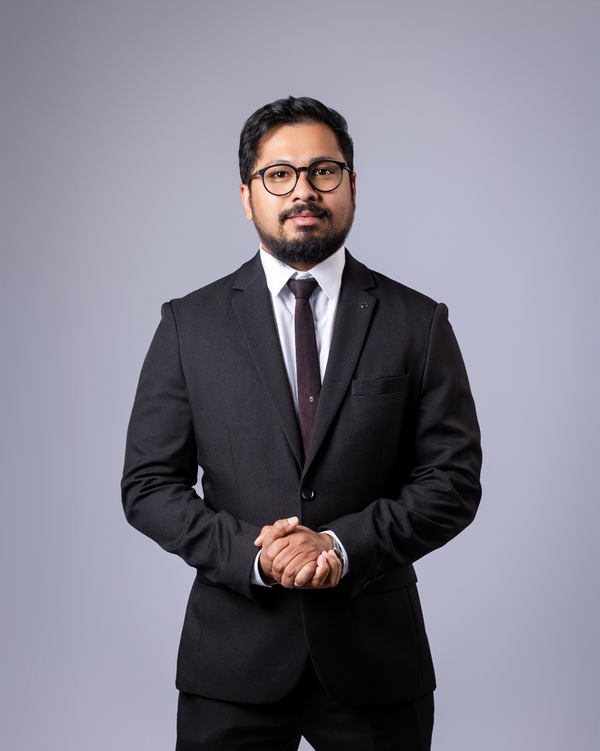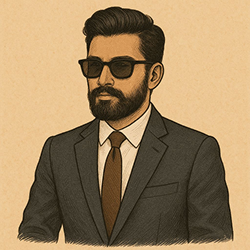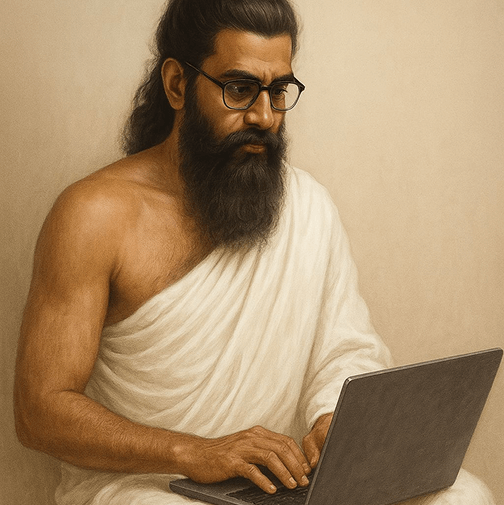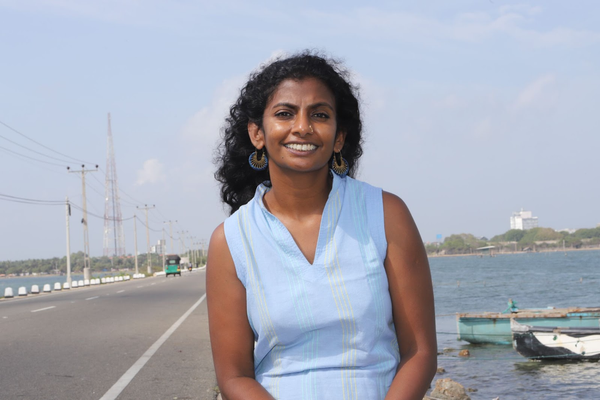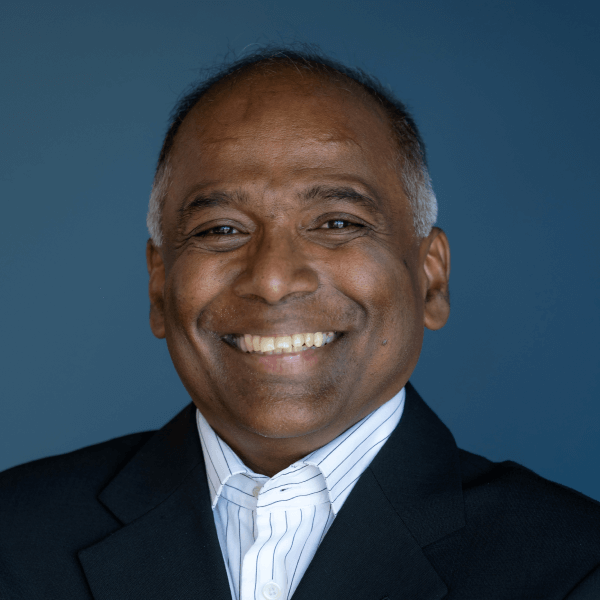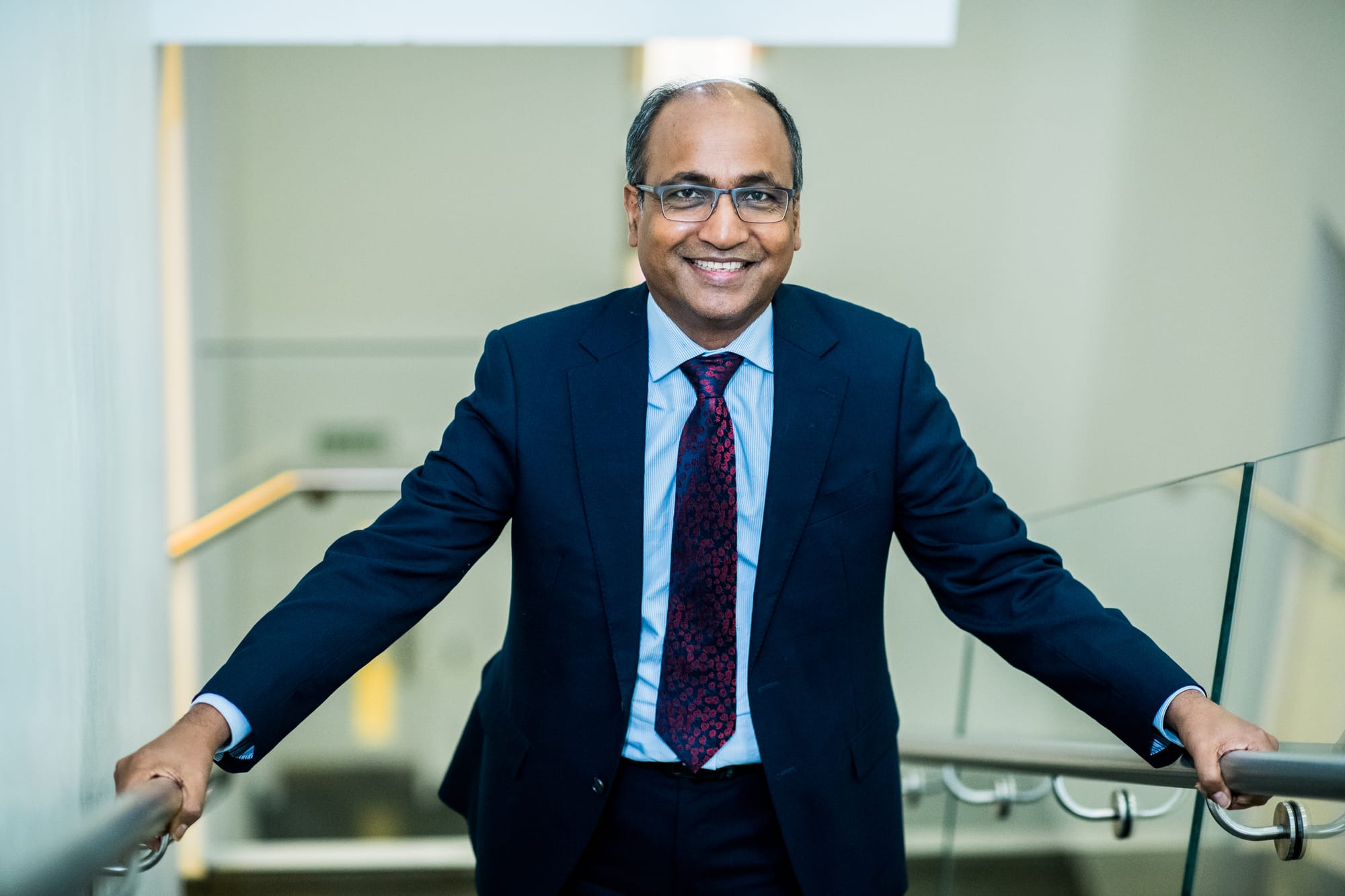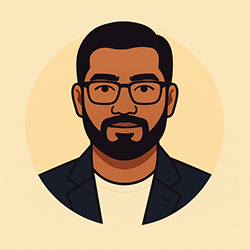Imagine a prodigy: blessed with immense talent, relentless hard work, and unshakable grit. He sets out to build an aircraft—perhaps the first of its kind in the country. Not with imported technology or expensive gadgets, but using only the raw materials at hand. Motorbike engines, makeshift components, and pure ingenuity. Against all odds, he was on the verge of success.
In most countries, such brilliance would have been celebrated. He would have been hailed, encouraged, and supported. The government would have applauded him, offered mentorship, and even invested in his future.
But this is “The Wonder of Asia”—Sri Lanka. And what did the state, its intelligence services, and its security apparatus do to this extraordinarily gifted young man? They arrested him. They beat him. They tormented him. Without a shred of evidence, they accused him of “reviving the LTTE.” They locked him up, tortured him, and subjected him to such crushing pressure that he was finally left with no choice but to leave his own country.
His crime? Merely being born a Sri Lankan Tamil.
The man is Deluxion Mohan—a gifted aero-enthusiast whose story is as tragic as it is inspiring. His life burst into the literary spotlight through the acclaimed semi-autofiction படுபட்சி (Padubadchi)—a title drawn from the pañcapaṭci-cāstiram, an ancient art of divination based on five birds (vulture, owl, crow, rooster, and peacock) used to determine auspicious times for individuals each day.
Written in Tamil, masterfully edited by the legendary Shobasakthi, and published by the leading Tamil Nadu house Karuppu Pradhigal, the book has become a recent bestseller. It offers a searingly honest account of how the Sri Lankan state views its minorities through a lens of suspicion—and how a country so desperate for progress ends up driving away its brightest minds.
Now, for the first time, Deluxion Mohan speaks directly to us. In this Jaffna Monitor exclusive interview, he shares not just the story of his extraordinary project and its bitter aftermath, but also how he turned pain into prose, transforming his lived reality into powerful semi-autofiction.
This is not just the story of one man—it is the story of Sri Lanka itself. It is also a call for critical reflection on why the Sri Lankan state, successive governments, and their intelligence apparatus must change their mindset toward minorities. Only by dismantling the suspicion and prejudice that have long defined their approach can they build a nation where every citizen, regardless of ethnicity, feels not “less Sri Lankan,” but fully and proudly Sri Lankan.
When did the dream of building Sri Lanka’s first fully home-built aircraft first take flight in your imagination, especially given that you come from a background with no direct connection to aviation or piloting?
It first took flight in my imagination while I was studying at the Rathmalana Aeronautical Engineering College. But looking back, I believe the seeds were planted much earlier. As you said, I didn’t come from a background with any direct ties to aviation, yet the dream took root because of my father. For reasons personal to him, he always wanted me to become a pilot. To instill that mindset, from the time I was a child, he would talk to me about airplanes—the magic of flight and the power of the aviation industry.
I still remember being eight or nine years old, lying in bed and listening to him imitate the sounds of an airplane taking off and landing. I believe those moments sparked something deep within me. Over time, that simple dream of flying grew into something even bigger: not just to pilot an aircraft, but to create Sri Lanka’s first fully home-built aircraft.
And if I may ask—though I’m not sure if this is an appropriate question—did the LTTE’s rudimentary air wing or their attempts at flight have any influence, consciously or subconsciously, on your aspirations?
No, the LTTE’s air wing never influenced my aspirations in any way. My fascination with airplanes began long before the world even came to know that the LTTE had small aircraft. That said, I do remember feeling a sense of curiosity when I first heard on the news that they possessed planes. I wondered—what kind of aircraft were they using? Were they built locally or purchased?
But I’m very clear: that curiosity was never rooted in admiration. It came from a purely technical fascination with how such operations were even possible. My dream, however, was always rooted in something far more personal—and entirely peaceful.
In your book, you wrote that your professors rejected your aircraft design solely because you were Tamil, and that you were later subjected to severe intimidation—including arrest and intense interrogation—simply for being able to design a viable aircraft. Could you walk us through what happened step by step, in chronological order?
My journey began in 2010, when I enrolled at the Aeronautical Engineering Training Academy in Rathmalana. From the very start, I made up my mind: I didn’t want to be just another engineer. I wanted to be the first person in Sri Lanka to design and build an aircraft independently, using my own training, local resources, and available materials.
During my training, I designed and built a small remote-controlled model aircraft to demonstrate my abilities.
To make matters worse, I was the only Tamil student at the academy; the rest were Sinhalese. That environment was anything but easy. Language was a barrier, and there were always suspicious eyes watching me—asking silently, why would a Tamil study Aeronautical Engineering? I knew I had to work harder than most just to be taken seriously. Even getting approval for my project became a battle.
In early 2011, I attempted to obtain blueprints from Sonex Aircraft LLC in the U.S., which required clearance from the Civil Aviation Authority through my academy. That single step triggered a storm of suspicion. Some within the administration falsely reported me to the Sri Lankan Intelligence Department, alleging that I was linked to the LTTE—this, two years after the Tigers had been crushed and “done and dusted” by the Sri Lankan forces.
In September 2011, intelligence officers raided both my residence in Wellawatte and my family home in Chenkaladi. I was arrested, beaten, and dragged into hours of interrogation at the CID’s notorious 4th Floor. The accusation? That I was reviving the LTTE. I denied it, telling them I was nothing more than a student with a dream. By evening, they released me—without a shred of evidence, without a single charge. But the damage had already been done.
Despite that trauma, I pressed on. I approached businessmen and political figures for funding, but most were afraid to be associated with me. Still, I persisted. In March 2012, I finally secured approval from the Civil Aviation Authority to move forward.
But in April 2012, I was summoned again—this time to the Air Force camp in Rathmalana. A Wing Commander sat across from me and asked, almost accusingly: “Why did you try to build an aircraft?”
I told him plainly: “Because it is my dream to construct Sri Lanka’s first aircraft.”
He shot back: “But the LTTE already built one, didn’t they?”
I countered: “No, the LTTE only assembled—they never built.”
I laid out everything before him—permissions, clearances, technical drafts. But instead of easing his suspicion, my transparency only deepened it. He leaned in and demanded: “How do you know all these technical details?”
I explained that my knowledge came from voracious reading, from study, from sheer passion. I reminded him that I was a civilian student, a President’s Scout, someone with no separatist leanings whatsoever.
Then came the next line of attack: “Are LTTE members abroad funding you?”
I told him no—that my father, with his hard-earned money from the small theatre we owned in Chenkaladi, was supporting me. But he refused to believe it. They even questioned my father directly, humiliating him in the process.
After hours of relentless interrogation, they finally let me go.
In May 2013, I moved my project to Chenkaladi. I rented a small storeroom, sketched out fresh technical plans, and began building with whatever I could find—planks, carbon fiber, and two motorcycle engines. To avoid any suspicion, I even notified the local police. My close friend Jeru, who knew nothing about aviation, stood by me—out of nothing but loyalty and belief in my dream.
Then, in September 2013, everything collapsed. Special Task Force (STF) officers stormed into my workshop. They forced me to kneel on the ground, beat me mercilessly, and once again accused me of building aircraft for the LTTE. They seized every document, every model, and dragged me to their Mylambaveli camp. For days, I was interrogated and assaulted, treated as a criminal.
By mid-September, my father managed to secure my release—but only after giving a written assurance that I would abandon my project. The STF delivered their final warning: if I ever resumed work, they would shoot me on sight.
I had no choice but to leave my own country. And that was the bitterest irony of all. Unlike many Sri Lankan Tamils who longed to flee, I never wanted to go. I always believed this was my country—that right or wrong, good or bad, I belonged here, to live here and serve its people. But they chased me out.
After I fled the country, my friend Jeru was arrested and interrogated simply for helping me. He had no involvement and no knowledge about the aircraft—what he had was true friendship. He paid the price for standing by me, and I carry deep guilt and sorrow for what happened to him. He didn’t deserve that.
Yet even after the arrests, raids, beatings, and threats, I have never let go of the dream. Because I believe, deeply, that no one should ever be punished for daring to innovate, for wanting to fly, or for being born Tamil.
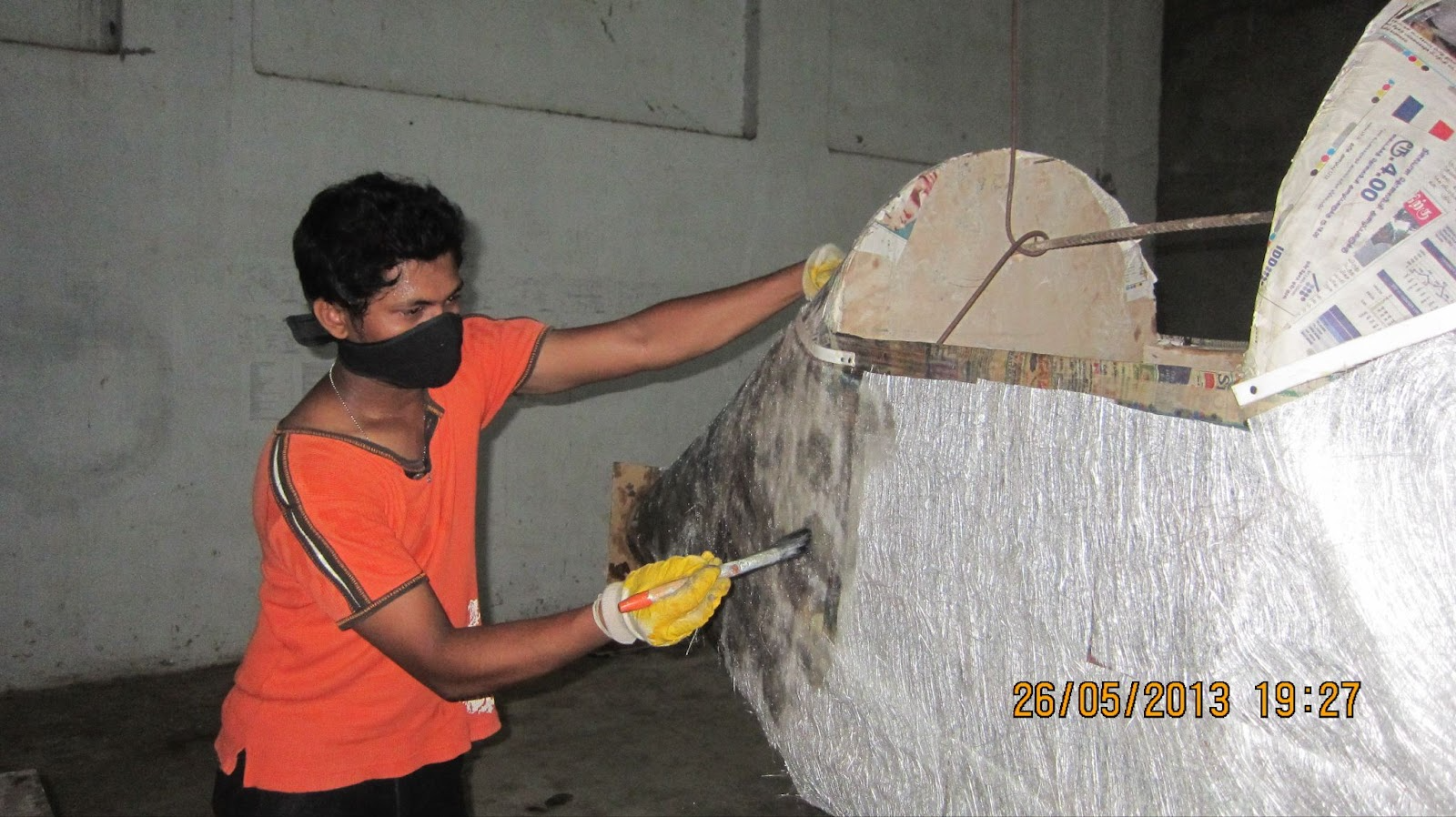
What happened to your friend Jeru after that?
After his arrest and interrogation, the authorities concluded that Jeru had no detailed knowledge about the aircraft or its construction. His only role had been offering me moral and logistical support. As a result, he was eventually released.
But freedom did not mean safety. Even after his release, Jeru was repeatedly harassed by members of the CID and the military. He was often summoned to military camps for questioning and kept under surveillance.
At the time, Jeru ran an internet café in Chenkaladi. The authorities exploited this by using his facilities for their own purposes. On several occasions, they confiscated computers from his café and took them to military camps—particularly the Kommadurai Army Camp. When Jeru resisted or even questioned them, he was threatened. CID officers also routinely demanded free printouts and photocopies from his business.
The constant intimidation, harassment, and abuse of power left Jeru feeling unsafe and unable to live with dignity. With no other choice, he eventually fled the country. Today, he lives in Switzerland as an asylum seeker, seeking protection from the persecution he endured in Sri Lanka.
Do you believe that if you had been a Sinhalese rather than a Tamil, the way the government and your professors treated you would have been entirely different?
Yes—without a doubt.
After I left Sri Lanka, I saw news reports about a Sinhala student building an aircraft. Not only was he supported by his institution, but the Sri Lankan government even provided funding for his project. That made it painfully clear to me: the difference in how we were treated wasn’t about aviation or security—it was about ethnicity.
When I pursued my project, I faced suspicion, intimidation, arrest, and violence. I was accused of having terrorist ties simply because I was Tamil and dared to build something ambitious. No one looked at my qualifications or the formal permissions I had obtained. They only saw my ethnicity.
Had I been Sinhala, I truly believe my project would have been celebrated, not criminalized. I would have been encouraged, not interrogated. Supported, not silenced.
That realization still hurts. All I ever wanted was to contribute something meaningful to my country—to prove that innovation can come from anyone, regardless of race or background. But instead, I was treated as a threat simply for daring to dream beyond the ethnic boundaries others imposed on me.
In your view, does Sri Lanka still perceive Tamil ingenuity and aspiration as a threat rather than a contribution to the nation?
Yes—unfortunately, that is still the case.
Even today, when a Tamil dares to dream big, it is too often met with suspicion instead of support. That fear may not always be spoken aloud, but it reveals itself in unequal treatment, in the absence of encouragement, and at times, in outright hostility.
What happened to me is not just my story—it mirrors a larger reality. Tamil creativity and ambition are still treated as dangerous, rather than as resources that could strengthen the country. This mindset of suspicion is deeply damaging—not only to Tamils, but to Sri Lanka itself. A nation that suppresses the imagination of part of its people is a nation that cripples its own future.
We, as Tamils, want to contribute. We want to build, not break. Yet again and again, we are forced to prove our innocence before our ideas are even heard.
Sri Lanka holds so much untapped potential. But that potential will remain locked away until every citizen’s talent is recognized as an asset to the nation, not a threat to its stability.
What compelled you to share your personal experiences through Padu Padchi—a work of semi-autofiction?
The pain.
That’s what compelled me—the pain of having a dream, and watching it be destroyed not because it lacked worth, but because of who I was. Padu Padchi was born from that wound. I couldn’t achieve what I set out to do; it was taken from me. But the story—the truth—still needed to live on.
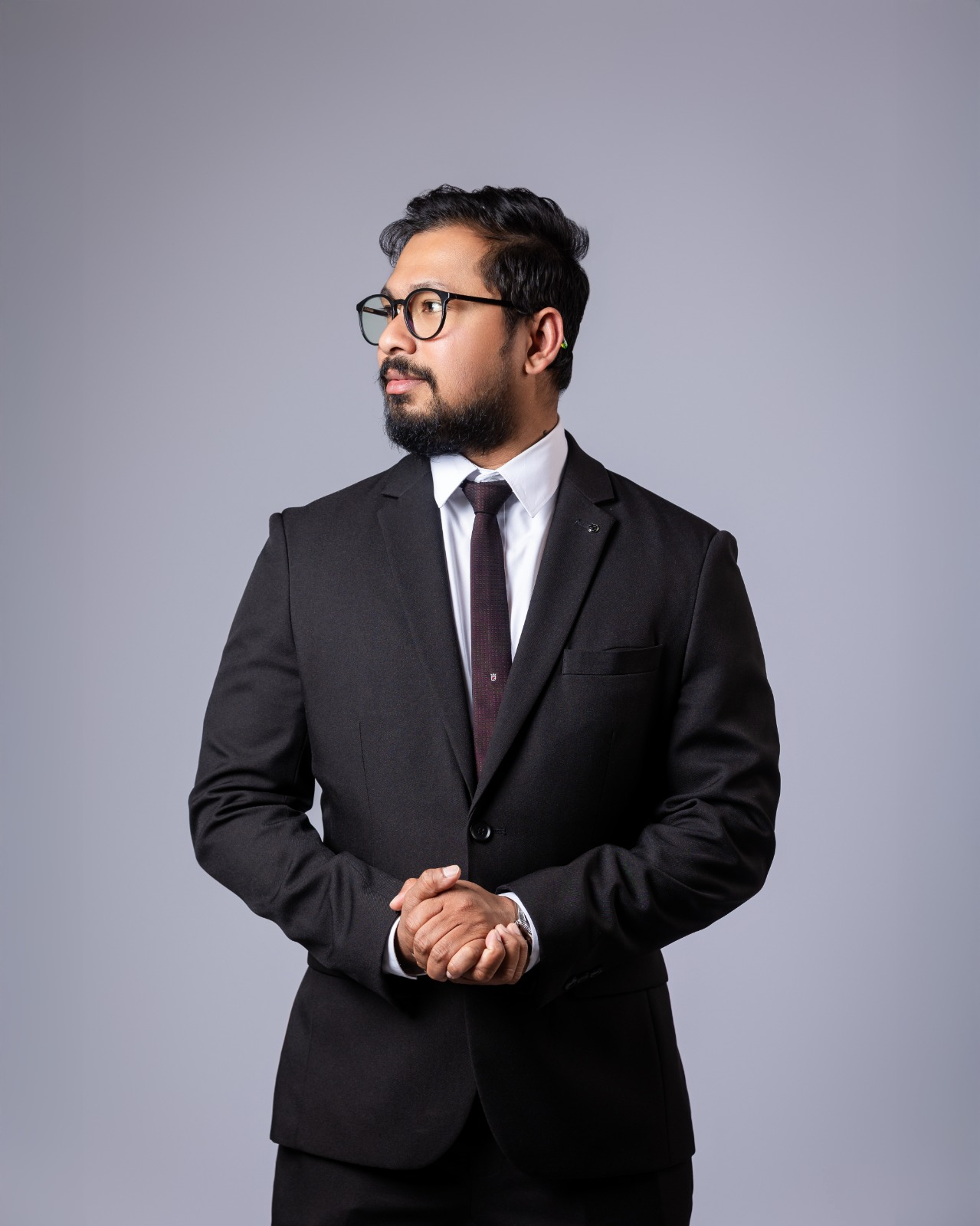
And why did you choose the form of semi-autofiction instead of writing a straightforward biography?
I could have written a straightforward biography—but doing so would have meant exposing my entire personal life, not just the story of the aircraft project. And to be honest, I wasn’t ready for that. At the time I was writing the book, I didn’t feel emotionally mature enough to open up so deeply, especially about my family and personal relationships. Some of those parts are still too sensitive, and sharing them might have even jeopardized people I care about.
With semi-autofiction, I found a balance—a way to tell the core truth of what happened, to explore the pain and injustice, without revealing aspects of my life I wasn’t prepared to make public. It gave me creative freedom, but more importantly, it gave me emotional protection.
This form allowed me to focus on what mattered most—my struggle, the dream, and the injustice—without sacrificing the parts of my life I needed to keep sacred.
What role did the eminent Sri Lankan Tamil writer and editor Shobasakthi play in shaping your book?
Padu Padchi didn’t begin as a novel—it started as a film script. I wanted to turn my personal story into a feature film and pitched it to several producers in the Sri Lankan diaspora. But the script was leaked. At the time, I was working with a talented associate, Ravana Dharshan, who later told me that someone in Australia was already funding a similar story. That revelation deeply unsettled me.
Feeling disheartened, I turned to my mentor, film director Lenin M. Sivam. I shared the situation with him, and he advised me to transform the screenplay into a novel. It was an emotional shift, but I knew it was the right move.
Once I completed the manuscript, I realized I needed a professional editor—someone capable of handling the emotional complexity, political nuance, and literary depth of the story. I had long admired Shobasakthi’s work; his writing had always inspired me with its honesty and boldness. After I sent the draft to Lenin, he suggested I reach out to Shobasakthi.
Honestly, I didn’t expect him to say yes. But to my surprise and joy, he agreed to edit the novel. That moment meant the world to me. Having someone of his stature—a literary voice I deeply admire—help shape my semi-autofiction was both an honor and a validation. He brought not only his editorial brilliance but also his deep understanding of our political history, which made the book more powerful and precise.
His involvement elevated the work in ways I could never have imagined.
How did his editorial insights influence your narrative choices? And do you feel the final version of the book reflects your original voice, or has it taken on elements of Shobasakthi’s literary style as well?
Shobasakthi’s influence was significant in the best possible way. My book would not have become what it is without his involvement. He never changed the core of my story—the events, the emotions, the voice, and the pain are all still mine. But what he brought was his literary craftsmanship: the ability to shape raw material into something more powerful and cohesive. His editing gave the novel a stronger structure, greater emotional precision, and a rhythmic flow that, in my opinion, elevated the storytelling to an entirely different level.
So while the soul of the story remains my own, you can certainly feel traces of his literary style—in the way certain moments are framed, in the cadence of the language, and in how silence or pain is sometimes allowed to linger just a little longer. It still feels deeply personal, but it carries a maturity and refinement that I could not have achieved on my own.
In that sense, I see the final version of Padu Padchi as a collaboration between my lived experience and his editorial mastery. And for that, I am truly grateful.
Your mother, who could neither hear nor speak, becomes a strong voice in your novel. What does giving her a fictional voice mean to you personally?
Yes, my mother is deaf—she cannot hear or speak. But despite that, she has always been one of the strongest voices in my life. Her sacrifices were immense. She endured so much for our family, silently and selflessly. Even though she couldn’t speak in the traditional sense, she communicated everything through her actions, her expressions, and her strength. And what amazed me most was how she still managed to tell us stories from her life. In Padu Padchi, I gave her a fictional voice because I wanted to imagine the woman she could be if she were able to speak her truth out loud. It was my way of honoring her.
Your parents’ love story sounds truly unique. Could you tell us more about it?
My mother lost her hearing when she was just 2 years old. My grandparents told me that she had a severe case of pneumonia, and during treatment at the hospital, the doctor accidentally gave her an overdose of medication. Sadly, this damaged the nerves in her ears, and from that point on, she became deaf. Since she couldn’t hear, she was also unable to develop speech.
My father, on the other hand, grew up in a village called Pankudahvelly. He had big dreams—he wanted to become a doctor. That’s why, when he was around 18, he moved to Batticaloa city to study biology at St. Michael’s College.
One day, while searching for a room to rent, his bicycle tire suddenly went flat—right in front of my grandparents’ house. My grandfather noticed and kindly helped him fix it. A week later, my father returned, asking if they knew of any available rooms nearby. Moved by his dedication and sincerity, my grandfather offered him a small place to stay within their home so he could continue his studies.
That’s how my parents first met. They were both the same age, and over time, they grew close and fell in love. Eventually, they married at just 19 years old—even before my father had completed his Advanced Level studies.
You mentioned that your father was recently arrested under the Prevention of Terrorism Act and has since been released. Could you share the reasons given for his arrest? In your view, was this part of a broader, calculated attempt to intimidate or silence your family?
Though he has since been released. Officially, the reasons given included his political activism and public criticism of the Sri Lankan government. He is the founder of a small political movement called Tamil Unarvalarkal Amaippu, through which he has consistently spoken out about Tamil rights and injustices in the country.
He has also shared posts on Facebook related to LTTE leader Velupillai Prabhakaran, which the authorities viewed as controversial—even though his intent was more about preserving Tamil identity and history than inciting violence.
This wasn’t the first time he’s been targeted. Back when I first left Sri Lanka, he was interrogated multiple times in connection with my aircraft project.
You’ve stated in your book that the aircraft you built was later seized and displayed by the Sri Lankan Air Force as one that was allegedly captured from the LTTE. Is this true? If so, could you clarify which aircraft it was and where exactly it is being displayed?
Yes, that is true—at the time, the aircraft I had built was seized by the authorities and later put on display at the Sri Lankan Air Force base in Rathmalana. While I cannot confirm whether it is still being exhibited today, I can say with certainty that the model they showcased was mine.
It was falsely labeled as an aircraft captured from the LTTE, even though I had personally designed and built it.
From what I understand, the Air Force continues to display other aircraft allegedly used in suicide missions by the LTTE, particularly those linked to the attacks on Colombo. But in the case of my aircraft, they deliberately misrepresented it as LTTE-manufactured—erasing both my effort and the truth.
Since being forced to leave Sri Lanka, what are some of the dreams you’ve been able to pursue or achieve so far?
Leaving Sri Lanka was never part of the plan—but once I did, I promised myself I would never let the dream die.
One of the first things I did in the U.S. was earn my pilot’s license. That milestone was deeply emotional for me, because I achieved it mostly for my father. He had sacrificed so much for me—enduring interrogation, intimidation, and fear.
I also became a member of the Experimental Aircraft Association (EAA) in the United States, where I’ve had the opportunity to work on many aircraft projects alongside some brilliant minds. Being part of that community has given me the sense of belonging I was denied back home.
But beyond aviation, I have embraced my identity as an innovator. I’ve worked on multiple tech projects, exploring everything from product design to experimental engineering. Yet over time, my deepest passion has shifted toward storytelling.
I want to become a film director, because I believe stories—especially ones like mine—need to be told. There are countless others whose dreams have been silenced, whose potential has been buried under fear, discrimination, or exile. I want to give voice to those stories.
You mentioned wanting to achieve something that would make the Sri Lankan state proudly claim you as their own. What would that achievement look like to you?
For me, that achievement would be to become the first Tamil astronaut—and not just from Sri Lanka, but from anywhere. That is the dream I am working toward. I know it’s an enormous goal, and the path is incredibly difficult and costly. But as my father always told me: “உனது இடது புறம் இருக்கும் இதயம் சதையல்ல, இரும்பெனில் எதுக்கும் சாத்தியமே!” — “If the heart on your left side isn’t made of flesh but of iron, anything is possible.”
I carry those words with me every single day.
To be the first Tamil to go to space, and to have Sri Lanka one day look back and say, “He is ours,” would be the moment when all the pain, the struggle, and the silence finally transform into pride.


